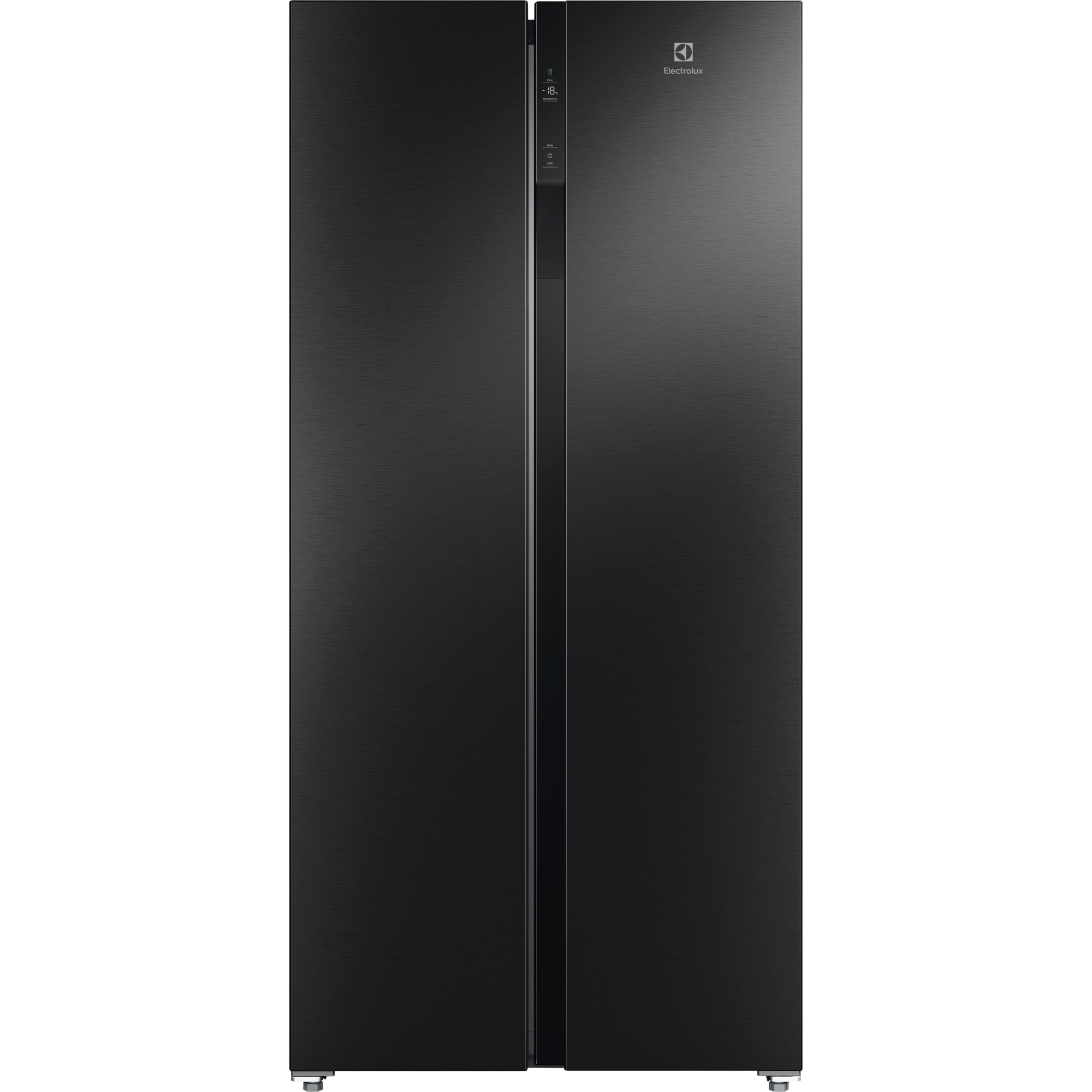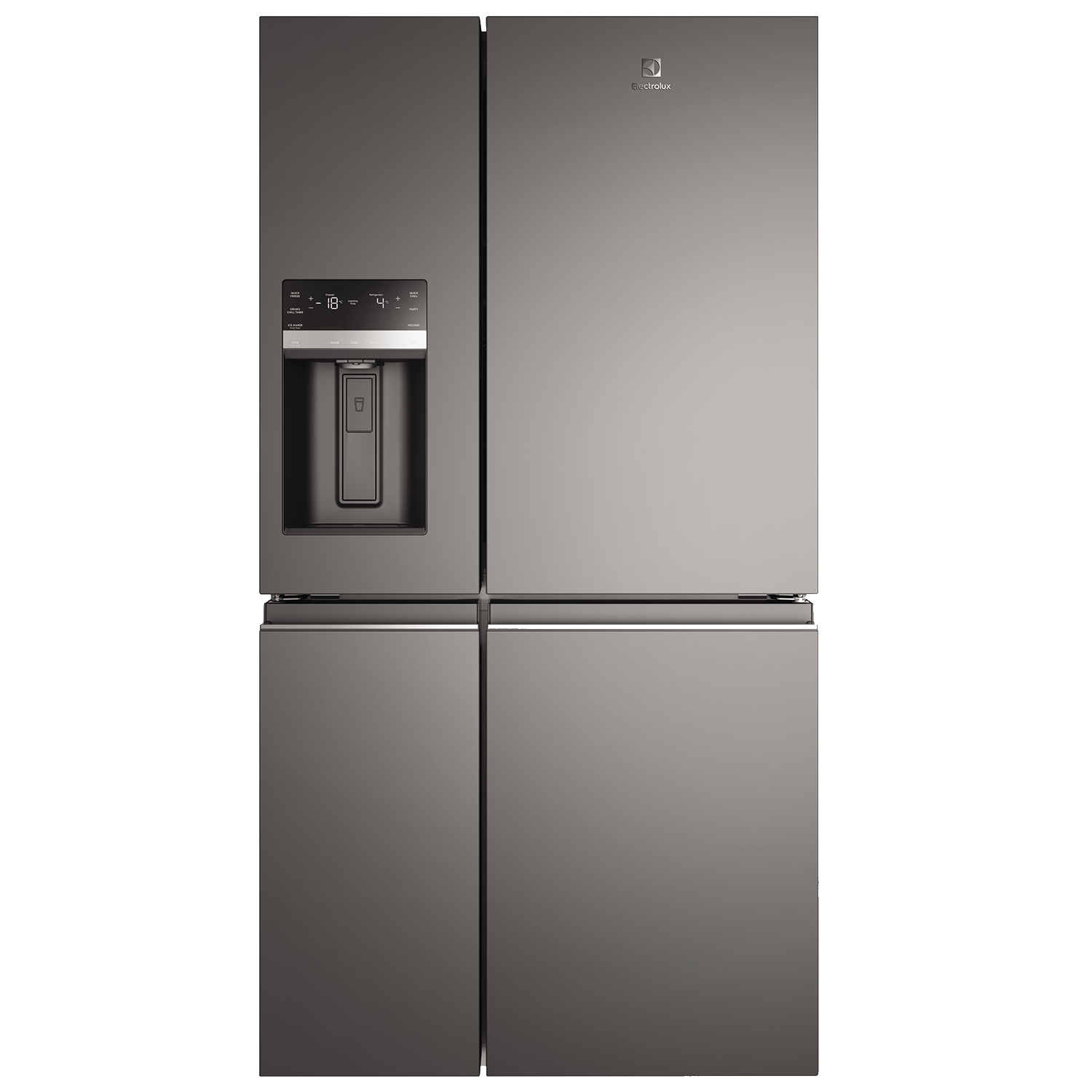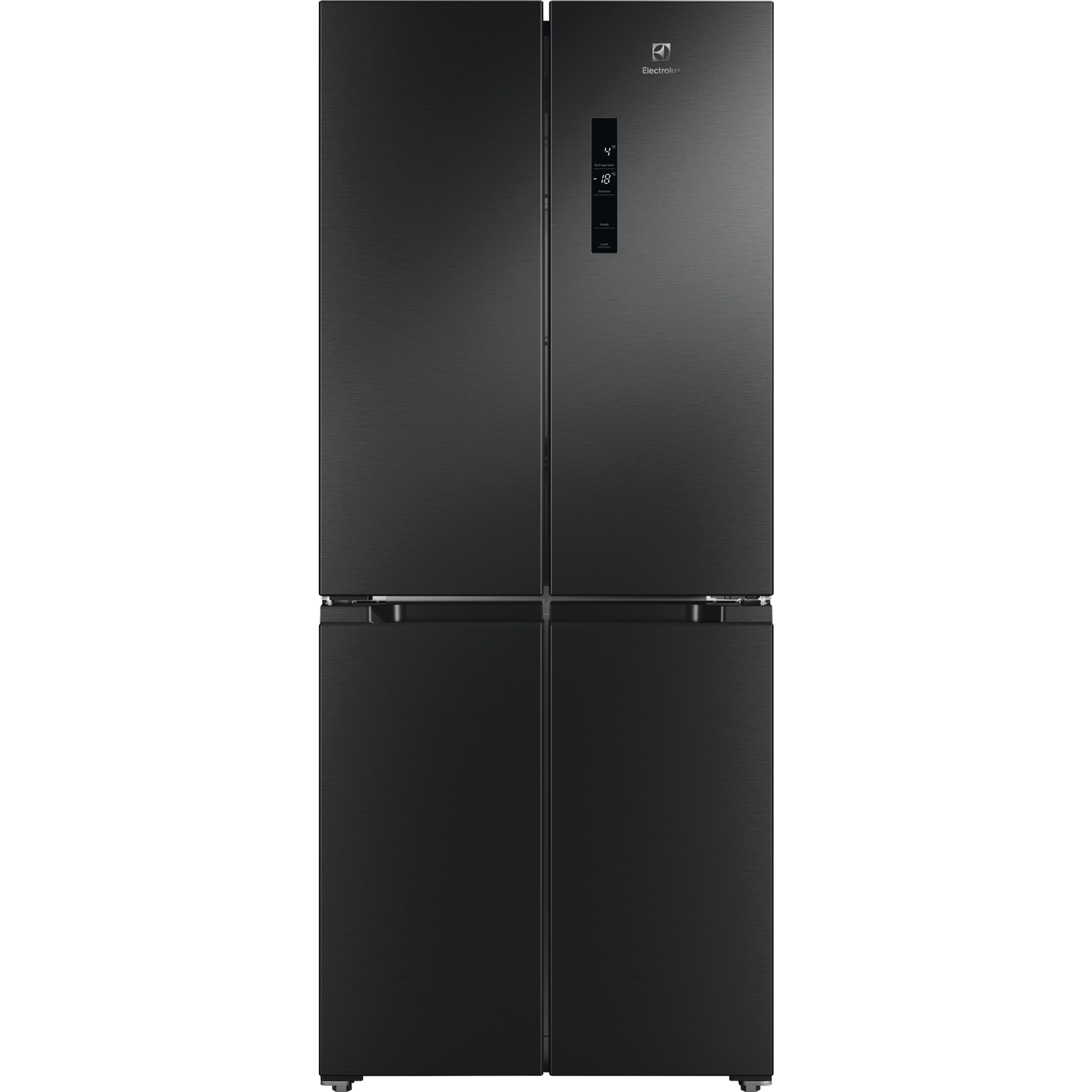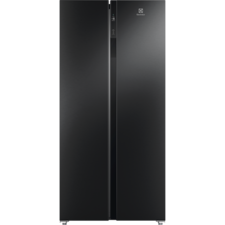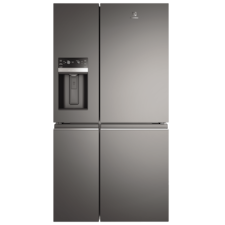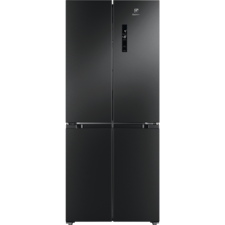Knowing how to save electricity when using your refrigerator helps you make practical changes that save energy without overthinking it. In this article, we’ll unpack small, intentional changes that make a big difference, from airflow and temperature settings to placement and maintenance.
Tips on how to save electricity when using refrigerator
Reducing electricity use from your refrigerator comes down to making smart, consistent adjustments. Set the right temperatures, keep it moderately stocked, avoid placing it near heat sources, and clean it regularly. These small changes go a long way in helping you use the refrigerator to save electricity while keeping your food fresh.
Use the right temperature setting
Choosing the right temperature settings for your refrigerator makes a big difference. Go too cold, and the compressor works harder than necessary, wasting energy. Not cold enough, and food safety could be at risk. The optimal range is 3°C to 5°C for fridges and -18°C for freezers.
Unsure if your settings are right? This guide on temperature settings explains how to strike the right balance - and since thermostats can be inaccurate, it’s worth using a refrigerator thermometer to double-check.
Keep your refrigerator well-stocked but not overloaded
A well-stocked fridge helps maintain a stable internal temperature because the items inside help retain the cold. But don’t overdo it - overloading blocks airflow, making the system work harder. When organizing your items, try to keep airflow channels clear and efficient.
Regularly defrost your fridge
When frost builds up beyond 0.6 cm, it starts acting like insulation and makes the compressor run longer. Defrosting your fridge every 6 months - or when frost starts building - keeps things running efficiently. Avoid sharp tools when defrosting your fridge; use warm water and dry everything before switching the fridge back on.
Find out how to prevent frost from building in your refrigerator and freezer in this video:
Ensure door gaskets are sealed properly and minimize door openings
Leaky or damaged door seals let cold air escape, meaning your fridge has to work harder. Test them by closing a piece of paper in the door - if it slides out easily, the seal might need replacing. Clean gaskets with warm, soapy water and avoid frequent door openings by planning meals and grouping commonly used items up front.
Check out how to make sure that your door closes properly in this video:
Position your refrigerator away from heat sources
Keep your refrigerator away from ovens, windows with direct sun, and other heat-producing appliances. External heat makes the fridge work harder to maintain its temperature. Also, ensure there’s enough clearance around the fridge for heat to dissipate effectively.
Avoid using thick refrigerator covers
A heavy fridge cover can trap heat, which makes your compressor run longer. If you must use a cover, choose one designed to allow proper airflow—or better yet, skip the cover altogether.
Stock only needed food items and remove expired ones regularly
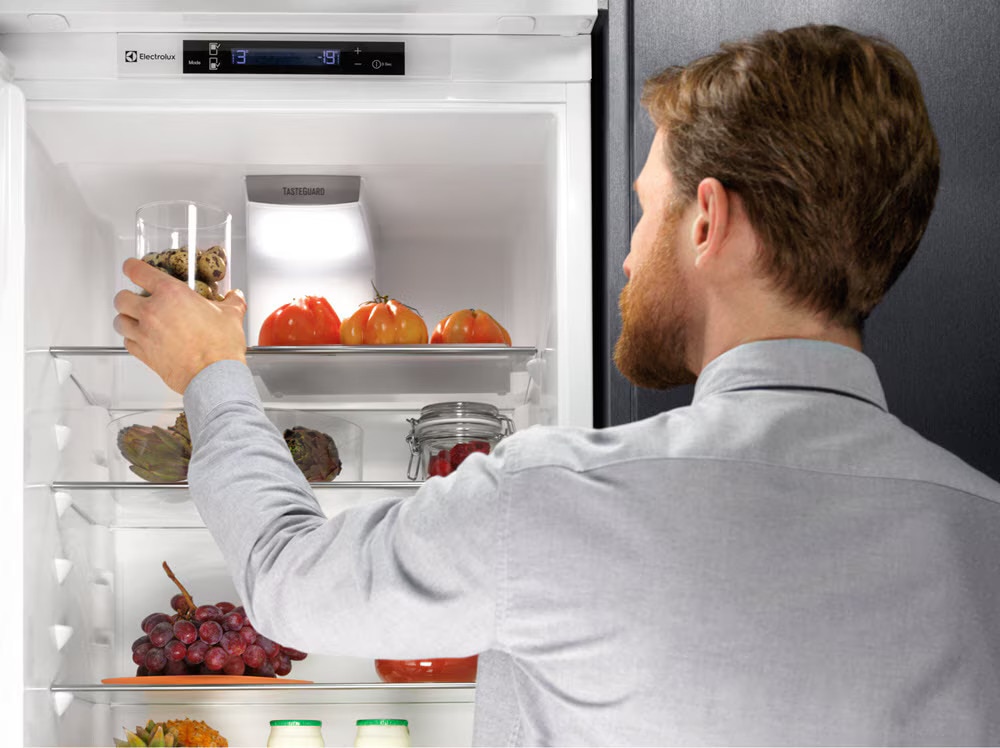
Excess or expired food items take up unnecessary space and reduce airflow. Cleaning out unused items regularly not only keeps your fridge organized but also allows it to operate more efficiently.
Check out expert tips to store different foods in your fridge:
- How to store chicken in the refrigerator properly
- How to store beef in the fridge and freezer
- How to store vegetables and fruits in the refrigerator
Seal food tightly before storing
Loose food releases moisture, increasing humidity inside the fridge. This forces the compressor to work harder. Store items in airtight containers or wrap them well to prevent moisture buildup and help your fridge run smoothly.
Avoid placing hot food directly into the refrigerator
When you place hot food in the refrigerator, it increases the internal temperature, which forces the fridge to work harder to cool it down. The compressor runs for longer periods, consuming more energy to bring the temperature back to the desired level.
Allowing food to cool to room temperature before refrigerating helps maintain the fridge's temperature and reduces the energy needed to compensate for the heat.
Clean the refrigerator regularly
The condenser coils are responsible for releasing heat from the fridge, and if they’re covered in dust, it hampers their ability to release that heat efficiently. This forces the compressor to consume more energy to maintain the correct temperature.
Similarly, dirty or damaged door seals prevent the fridge from maintaining a proper seal, causing cold air to escape, which makes the compressor work longer than needed. Regular cleaning of your refrigerator ensures that these components function efficiently and helps lower energy use.
>>> Read more: How to deodorize a refrigerator
Upgrade to energy-efficient refrigerator models
If your fridge is older, it might be costing you more than you think. Look for 4- or 5-star energy-rated models with features like inverter compressors and improved insulation. Electrolux refrigerators, for example, offer energy-saving technologies designed to reduce consumption over time.
How many watts does a refrigerator use?
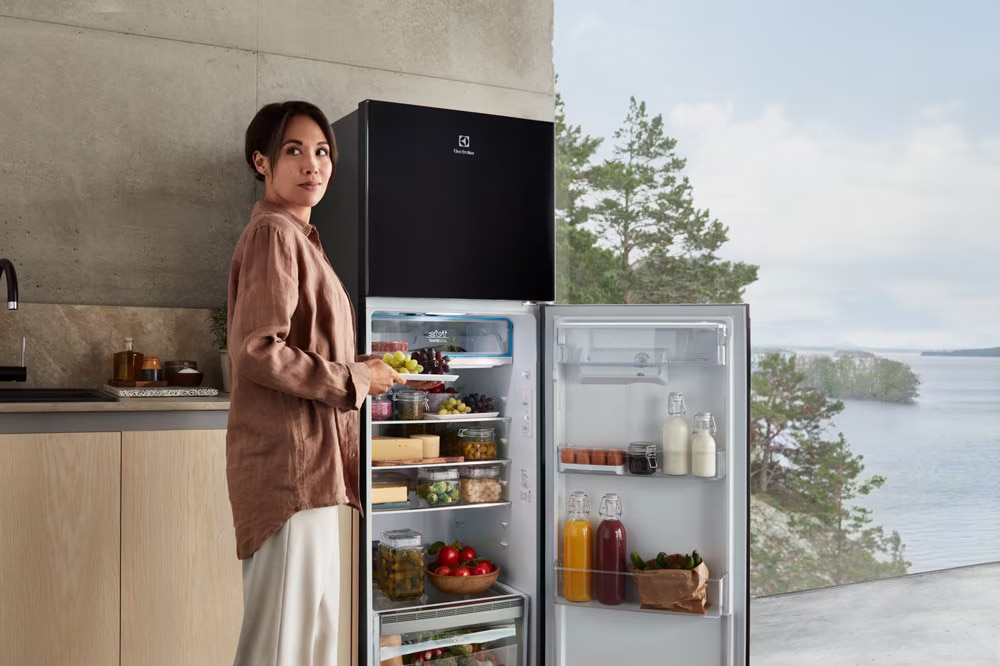
Reducing your refrigerator’s energy use isn’t just good for the environment - it directly benefits your wallet. As one of the few appliances that runs 24/7, even small inefficiencies can add up to significant energy costs over time.
Refrigerators are one of the largest energy consumers in a household, typically using between 300 and 800 watts of electricity. This translates to an estimated daily consumption of about 4 kWh, or roughly 1,463 kWh per year. With refrigerators accounting for 18–20% of a home's total electricity usage, reducing their energy consumption can have a noticeable impact on both utility bills and overall energy efficiency.
By adopting simple practices like adjusting temperature settings, ensuring proper airflow, and keeping the coils clean, you can noticeably cut your refrigerator electricity usage. Upgrading to an energy-efficient model can amplify these savings even further. Over a year, these changes can reduce your utility bill, while supporting a more sustainable home.
Smart habits today lead to long-term savings tomorrow.
Saving both your wallet and the planet, one degree at a time
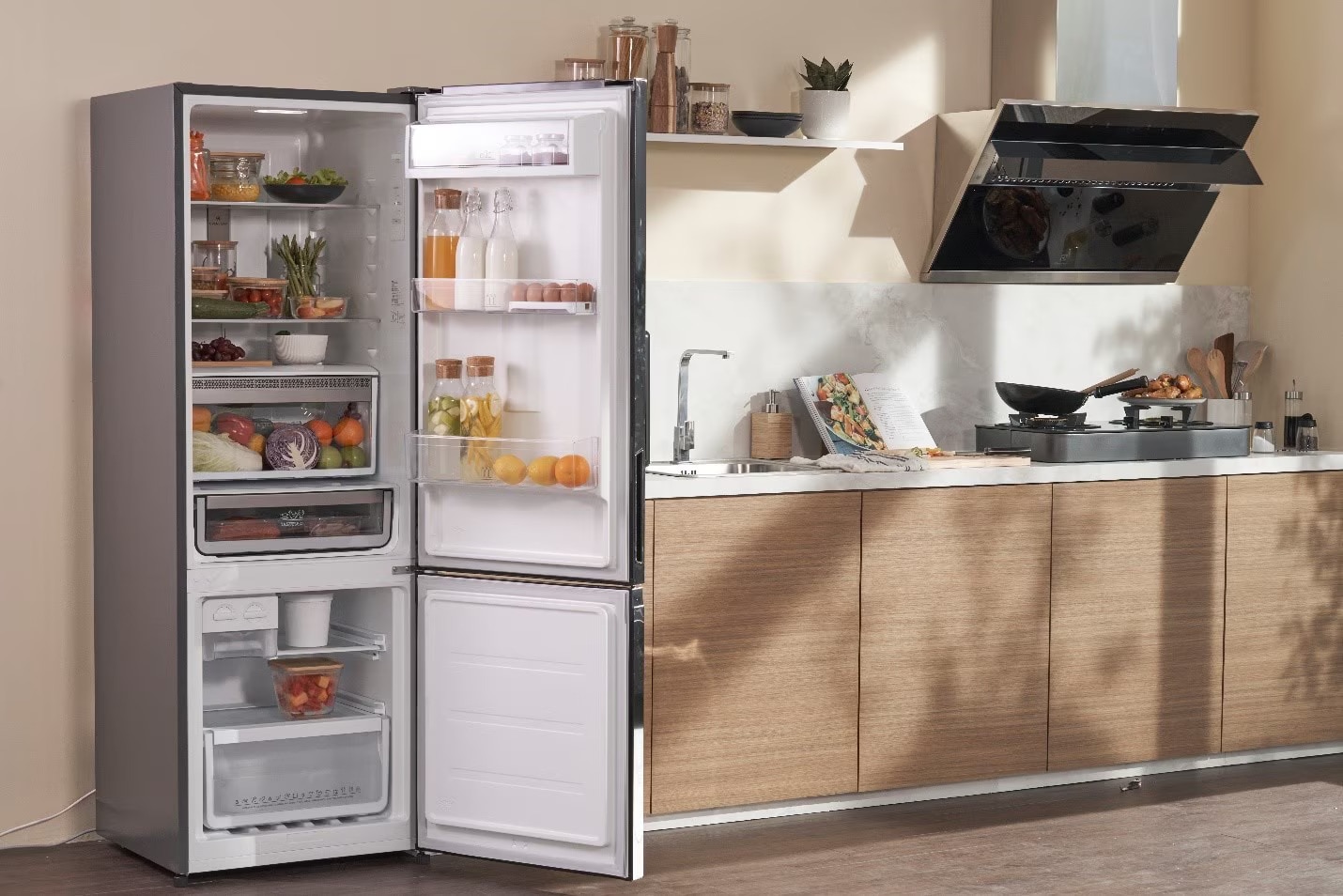
By choosing energy-efficient models and incorporating simple energy-saving habits, you’re not only lowering your electricity bill but also contributing to a more sustainable future.
Modern refrigerators, like those from Electrolux, are built with features such as Inverter technology, precision temperature sensors, and multi-airflow systems - all designed to keep food fresh while using less power.
With energy ratings that meet or exceed international standards, these appliances prove that performance and efficiency can go hand in hand. Explore smarter, energy-saving options, such as side by side refrigerators and French door refrigerators, to make a lasting impact.
-
609L UltimateTaste 900 french door refrigerator
- TasteSealFlex ideal storage with 5 temperatures.
- TasteLockAuto keeps vegetables fresh for 7 days*.
- TwinTech cooling help preserves taste and texture.
Discover all the essential support and tips you need to get the most out of your Electrolux refrigerator in our guide.
FAQs on reducing energy consumption of refrigerators
-
How many watts does a 2-door refrigerator use?
In Indonesia, most double-door fridges draw about 100-200 watts when the compressor is running; roughly 100-150 W for 200-300L units and 150-200 W for 300-500L units. Inverter and low-watt models can be lower (around 80–120 W). You can check the product specifications and energy label for the exact figure.
-
Is it better to keep a fridge full or empty?
It is better to keep a fridge moderately full, not empty, as items inside help maintain the cold temperature. Full fridges retain cold air better and reduce the amount of work the compressor has to do. However, overloading it can block airflow and cause inefficiency, so aim for a balance.
-
What causes a fridge to consume a lot of electricity?
Several factors contribute to high energy consumption in fridges, including setting the temperature too low, leaving the door open frequently, dirty condenser coils, or a fridge that is not properly maintained. Older models or fridges placed near heat sources like ovens or windows also tend to consume more power.

